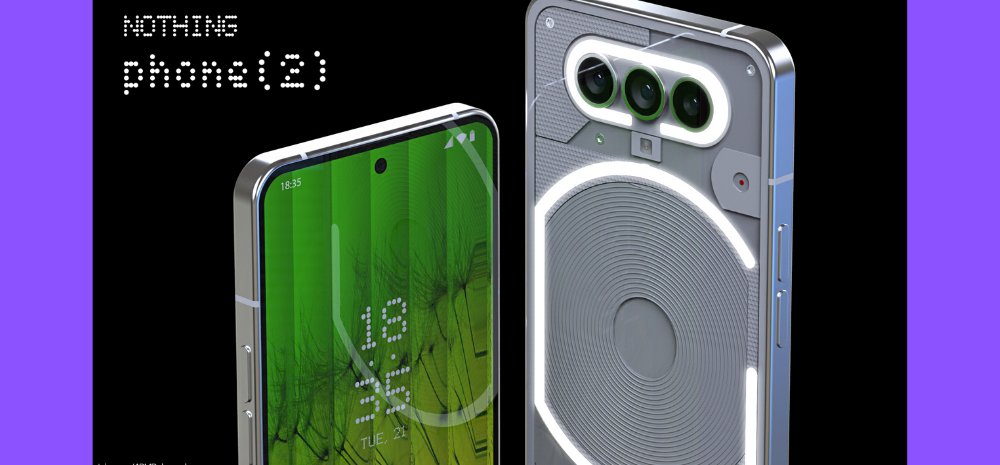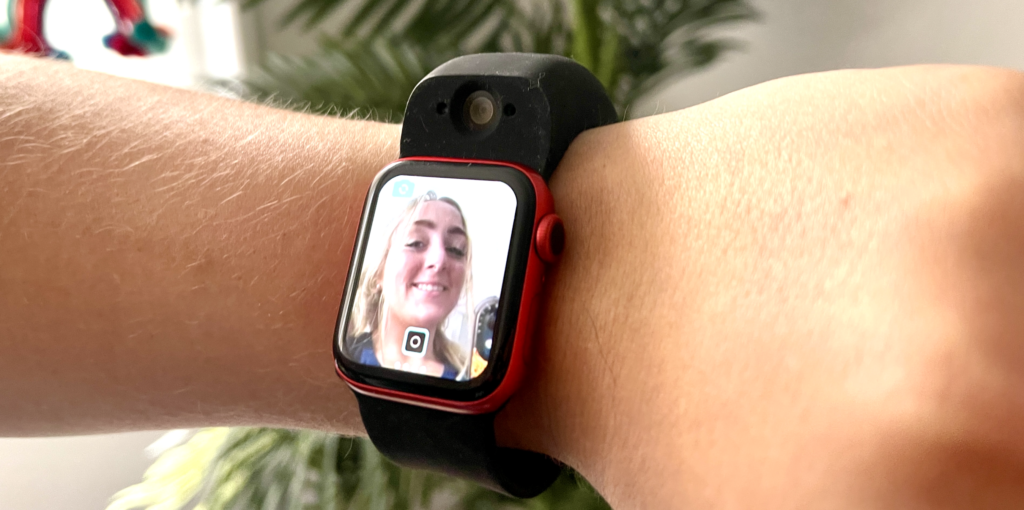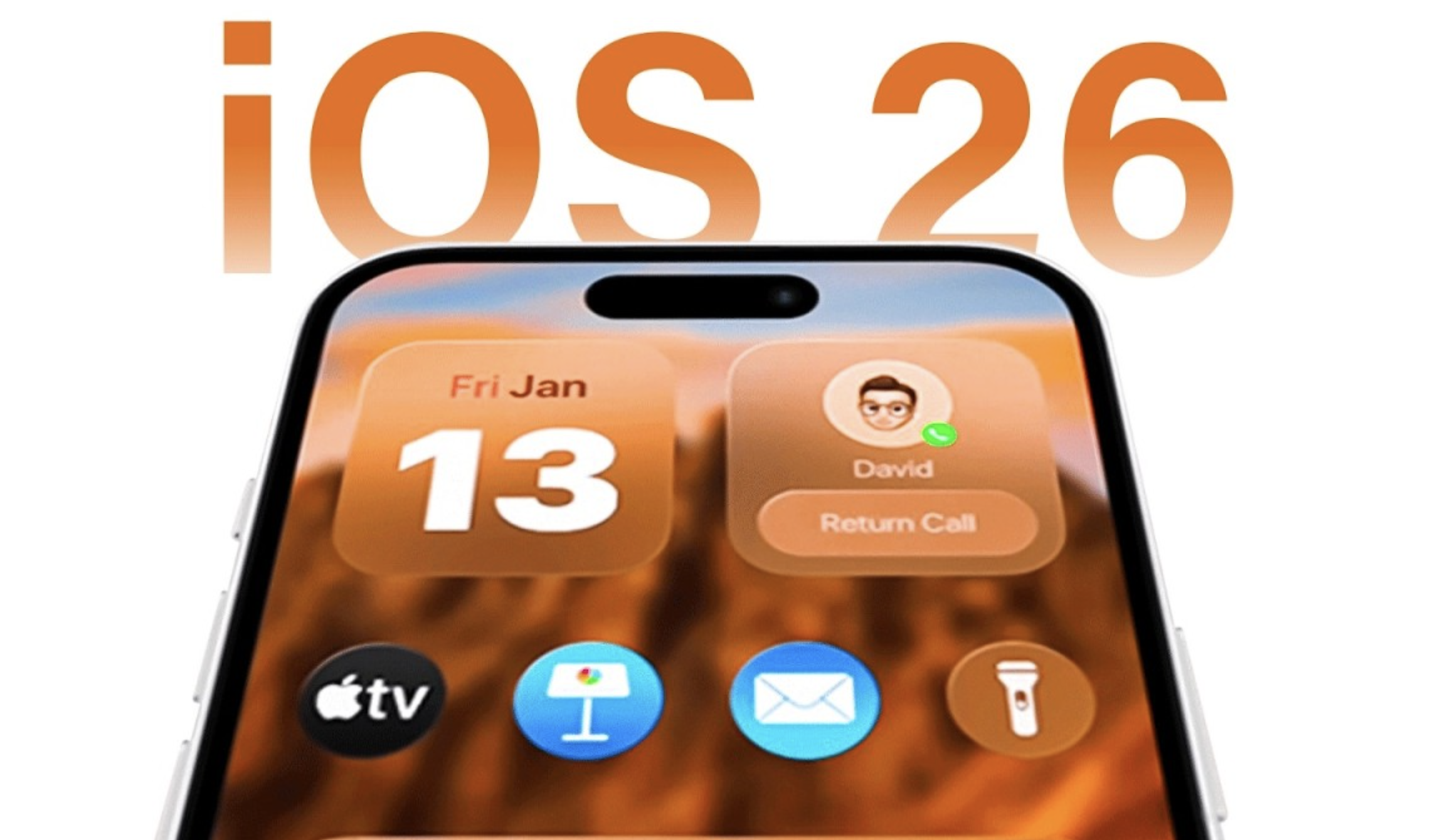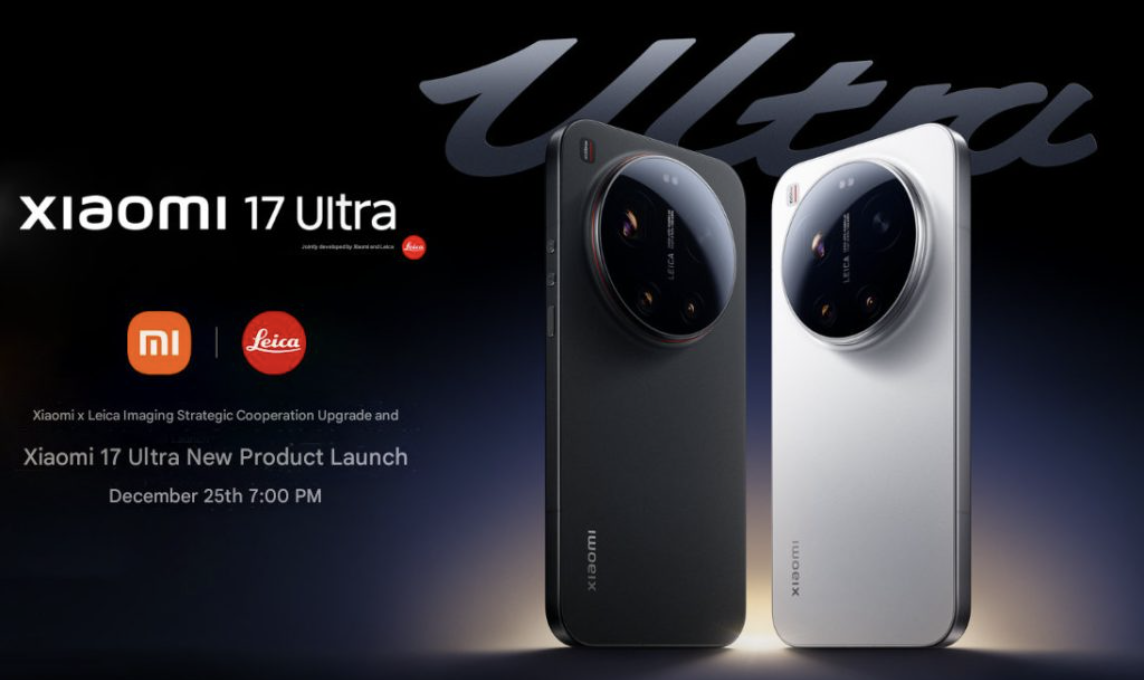The release of the Nothing Phone (1) last year garnered significant attention and excitement for all the right reasons. This new smartphone brought forth a pure Android experience, an impressive camera system, convenient wireless charging capabilities, and notably, a distinctive design featuring built-in LED lights on the back.

The man behind the phone, Carl Pei, stated that the idea behind the Nothing company and the Nothing Phone 1 is to bring “a breath of fresh air” in an industry that “isn’t fun anymore”.
The 300-400 people company wanted to challenge the status quo, which sounds admirable. Notably, the ones that it seeks to lock horns, Samsung Electronics has nearly 300,000 employees, and Apple employs over 150,000 people.
Nothing Phone (2)
Now after a year of the launch, we are eagerly anticipating the launch of its successor, the Nothing Phone (2). While there is limited information available about Nothing’s upcoming device, tech enthusiasts are already buzzing with excitement, especially since we know it will feature a top-of-the-line chipset.
Likewise, we anticipate an updated design, considering Nothing’s playful jabs at OnePlus and Samsung after the releases of the OnePlus 11 and Galaxy S23 Ultra respectively. Additionally, we can expect improvements in the camera module, thanks to the inclusion of a more powerful Snapdragon 8+ Gen 1 chipset, a significant upgrade from the Snapdragon 778+ chipset found in the Phone (1).
Other Details to Be Launched Tentatively in June
In the meantime, let’s explore additional details and expectations surrounding the upcoming release of the Nothing Phone (2), set to launch in July.
Recent information from Nothing suggests that the Phone (2) will come with a larger display. The size will increase by 0.15 inches, resulting in a potential 6.7-inch screen. This aligns with the prevailing trend among Android phones, which often feature taller displays with a smooth 120Hz refresh rate. However, it is unlikely that the Phone (2) will adopt a curved display, which has become popular among mid-budget phones in recent times.
The design will be a major focal point for Nothing. As previously mentioned, the company aims to offer something distinct in the market. Although this aspiration is shared by many OEMs, Nothing, being relatively new and based in the UK, has more room to experiment with new technologies until it establishes a substantial user base. The upcoming Phone (2) will feature a pill-shaped video indicator on the back, as revealed by the company. Additionally, the frame will be made of aluminum, as per recent announcements.
In a video, Carl Pei, the founder of Nothing, acknowledged that while the Nothing Phone (1) had an impressive camera system, it had limitations in terms of computational capabilities, an area where industry leaders like Samsung and Google excel. This year, alongside the potential introduction of new camera sensors, the company aims to enhance the computational aspect to deliver images and videos that are sharper, more vibrant, and highly detailed. The Snapdragon 8+ Gen 1 chipset will play a crucial role in enabling these advancements, as it incorporates an improved Image Signal Processor (IPS) for more efficient data processing.
Nothing has made a commitment to provide three years of Android OS updates, which is a commendable practice. While it is hoped that the phone will ship with Android 14, it is more likely that it will come with Android 13. Nevertheless, this presents an opportunity for the company to be among the first to offer its smartphone with the latest Android operating system, adding to its list of achievements.
Furthermore, Nothing has revealed that the Phone (2) will feature a larger battery, resulting in improved battery life for users. Although the packaging may still exclude a charger, the phone will support both fast wired charging and wireless charging.
As we eagerly await the full specifications, the pricing of the Phone (2) remains uncertain. However, considering the significant upgrades, it is anticipated that the phone could start at around Rs 50,000 in India.














